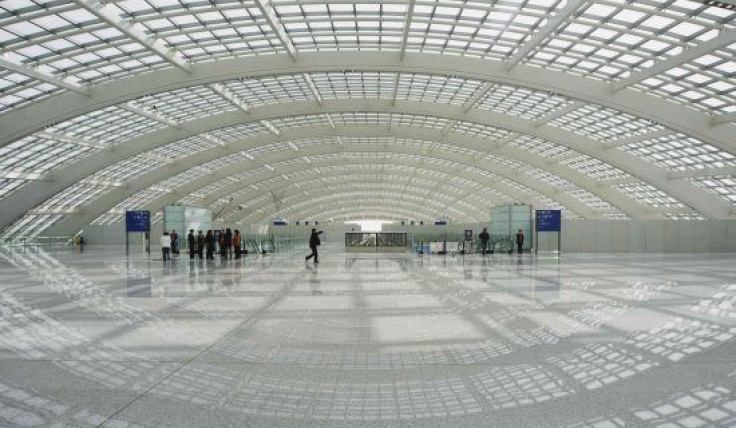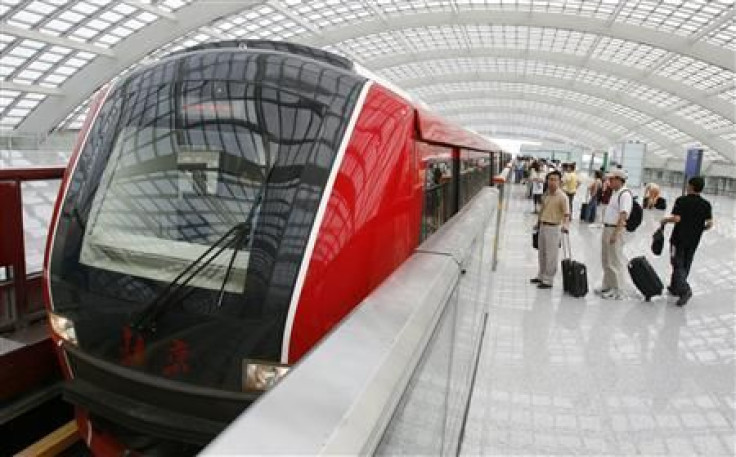China's New $11.2 Billion Beijing Airport To Open In 2018
Beijing is already one of the world’s most important cities, with its 20 million inhabitants and its role as the capital of a rising power and second-biggest economy in the world. But it lacks one thing when compared to its fellow mega-metropolises like New York, Paris, Tokyo and London: It has only one airport. Even second-tier global cities like Milan, Seoul and Moscow have multiple airports, and so does Beijing’s rival as top Chinese city, Shanghai.
Now, Chinese media is reporting that the government has approved the construction of a new $11.2 billion airport in the capital, to supplement the current one (which is called, not very imaginatively, Capital).
According to the China Daily, the new airport will be located in the southern region of the city, and it will be huge, with seven runways (for example, New York’s JFK has only four). One runway will be reserved for military use, a rare feature among major civilian airports.
The new airport, which was given the green light by China's State Council, will alleviate the congestion that currently burdens Beijing Capital Airport, located in the northeastern part of the city. The current airport has been consistently ranked as the world's second busiest, with an estimated 81.8 million passengers passing through in 2012. Only Atlanta had more passengers, with more than 90 million people.
What can be expected from Beijing's new airport?

If the most recent addition to the current airport, Terminal 3 (pictured above), is any indication, European-designed facilities, state of the art security and luggage-tracking systems, and a sprawling open-air structure could be in the cards.
The newest terminal, which broke ground in 2004, was completed in early 2008 ahead of the Summer Olympic games, which Beijing hosted, to meet the growing needs of travelers coming to China.
Domestic and international travelers are divided into to sub-terminals, which people can commute back and forth from via an indoor train shuttle, traveling the two kilometers (1.2 miles) in under five minutes.
Though jointly designed by Dutch and British architectural firms, the end product definitely had the Chinese population in mind. Traditional elements, like lots of red, an auspicious color in China, and replicas of Chinese sculptures were included in the new terminal.
Terminal 3 is the second-largest airport building in the world, services hundreds of domestic and international flights every day and is home to the city's first Burger King fast-food franchise.
The current airport will continue to be the bigger one, at least for some years. By 2025, the new airport is expected to be functioning at its full capacity with an estimated 70 million passengers passing through each year.

Plane travel has become increasingly affordable for Chinese people. The government has made efforts to improve and increase airline services domestically and invested in public transportation to and from airports.
Getting to the new, still-unnamed airport will be easy, according to plans. The current Capital airport is 25 minutes away from the city center, thanks to a train (photo above) accessible from downtown Beijing subway stations and public bus depots. According to the Beijing Urban Planning department, similar arrangements for a public train line will be made between the new airport and parts of downtown Beijing.
© Copyright IBTimes 2024. All rights reserved.












